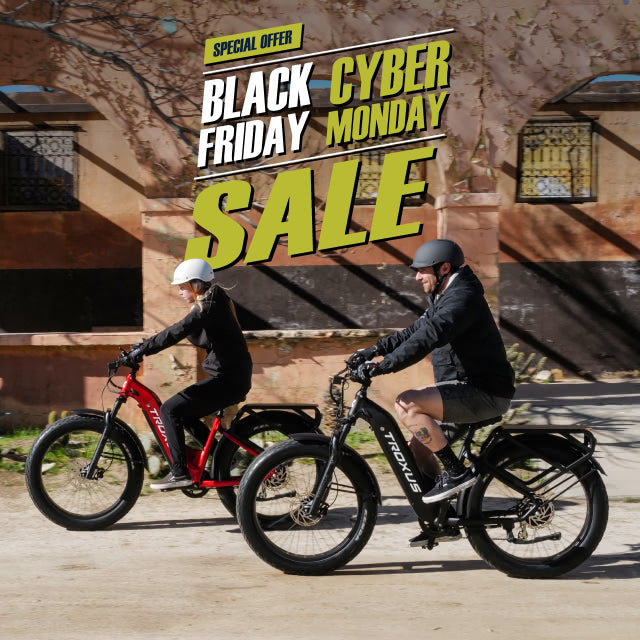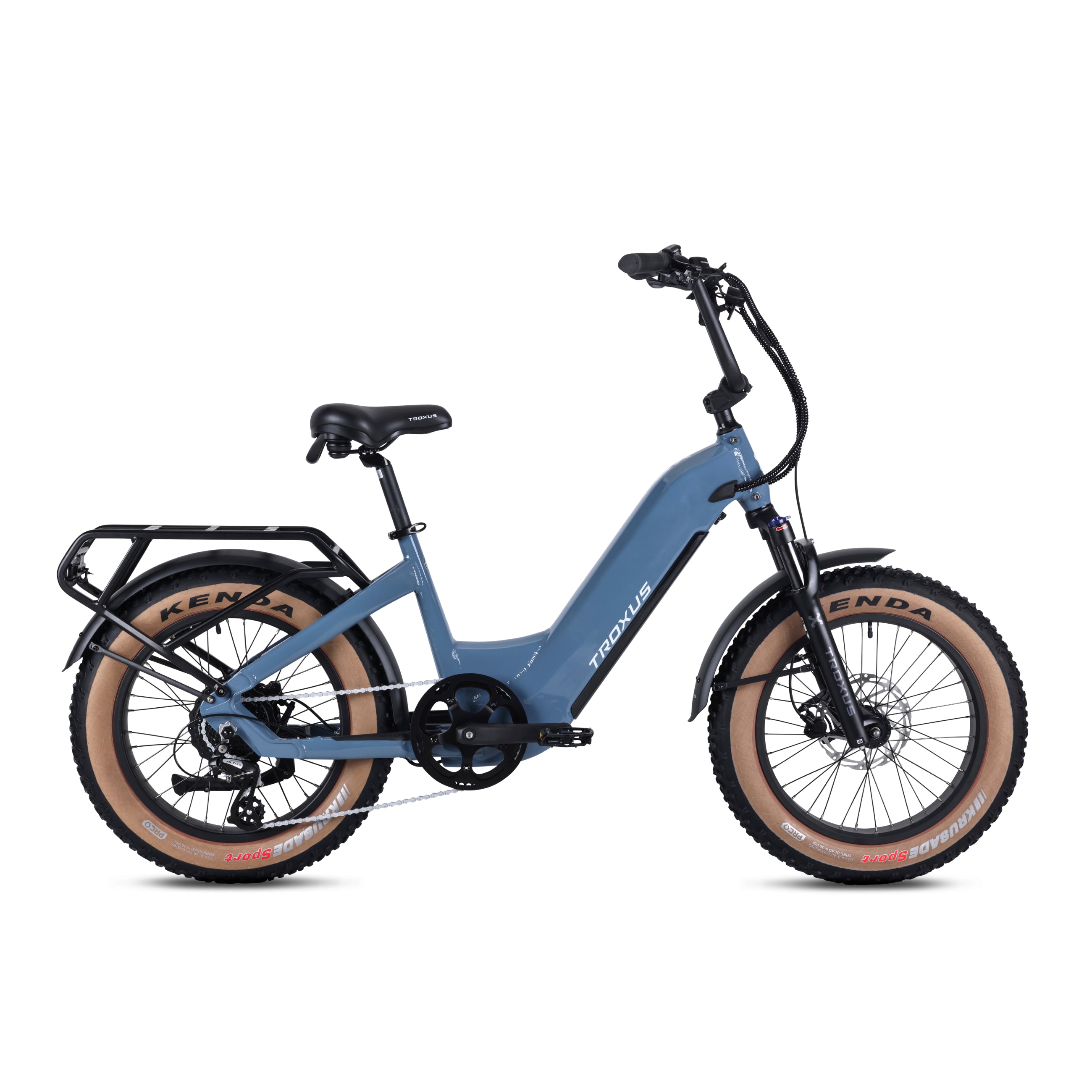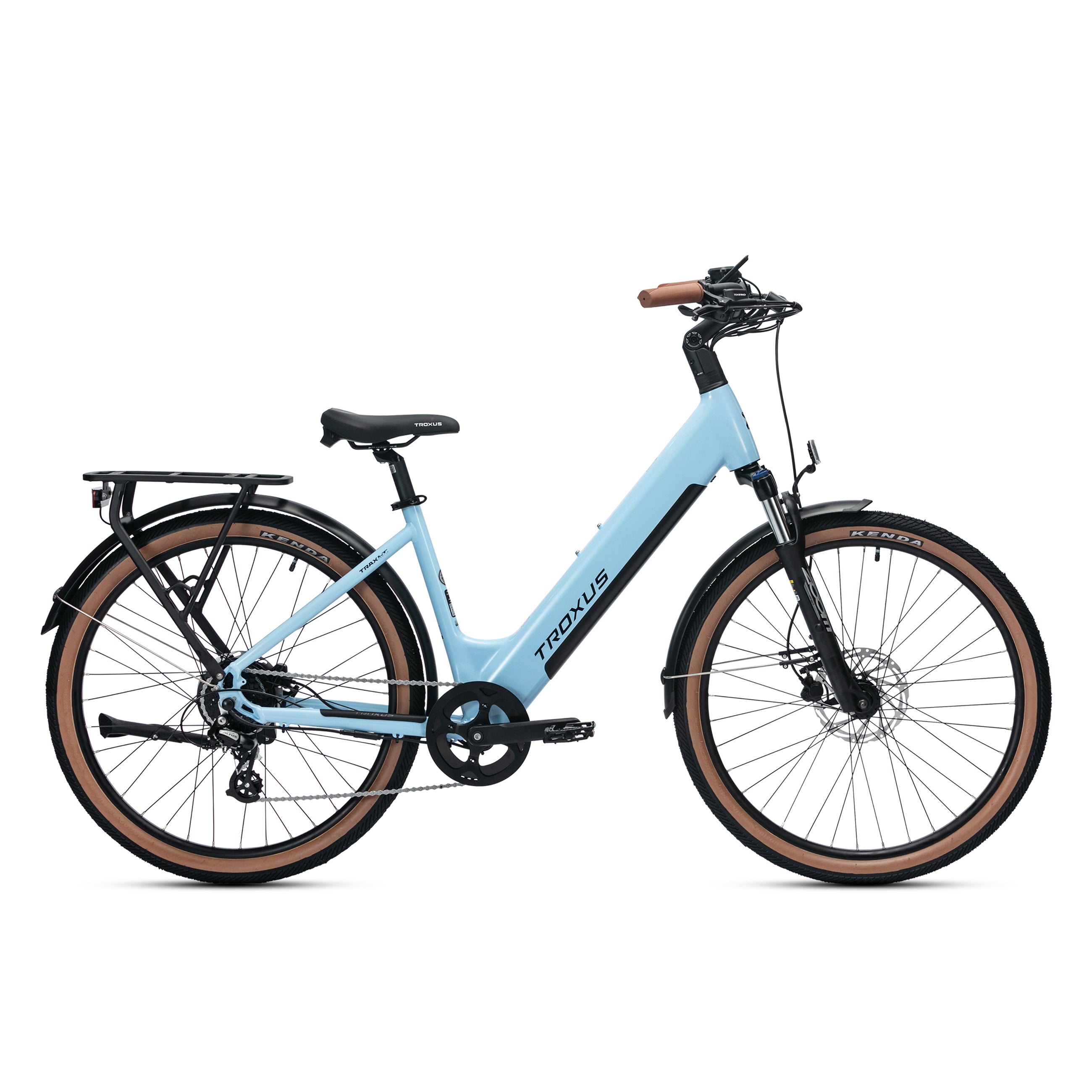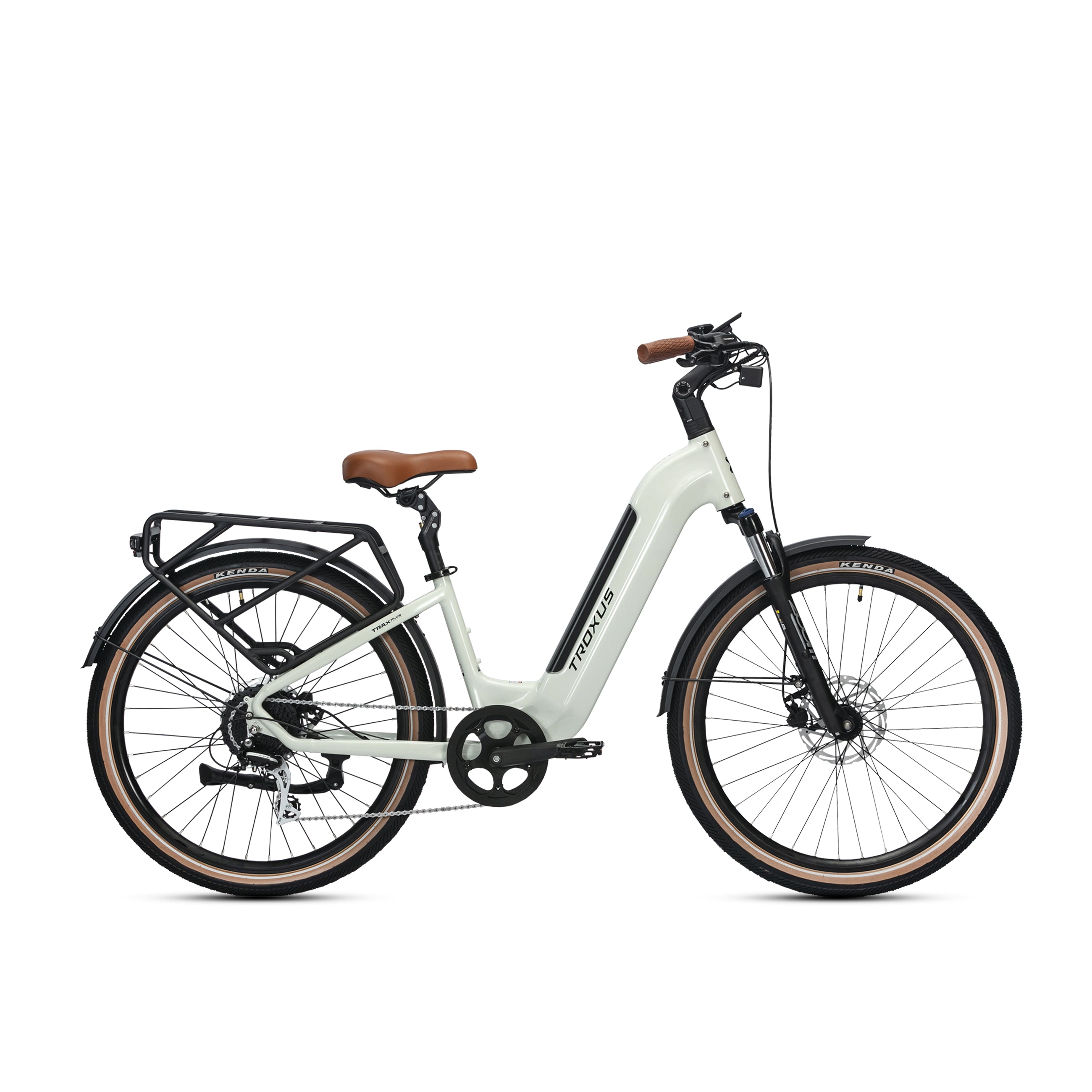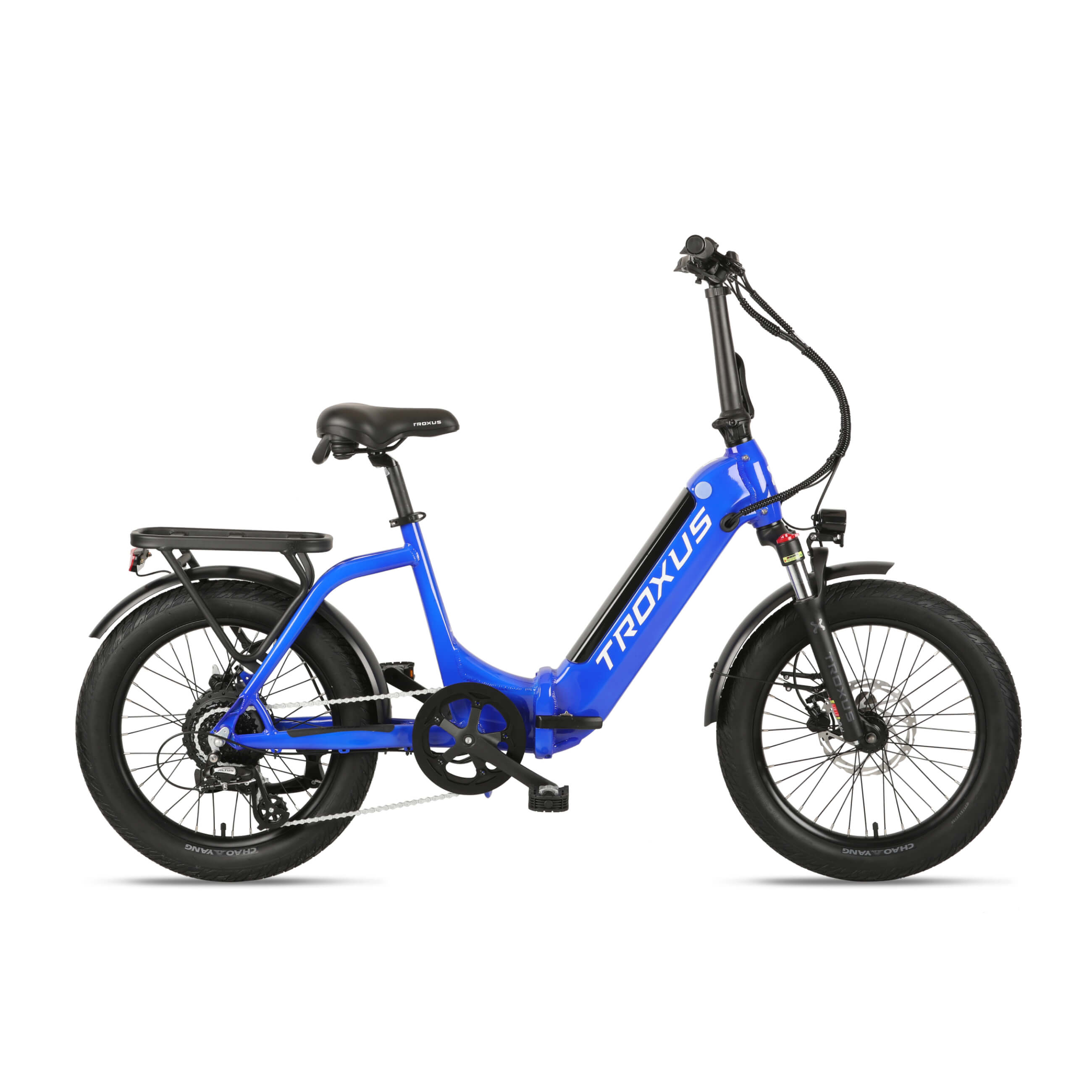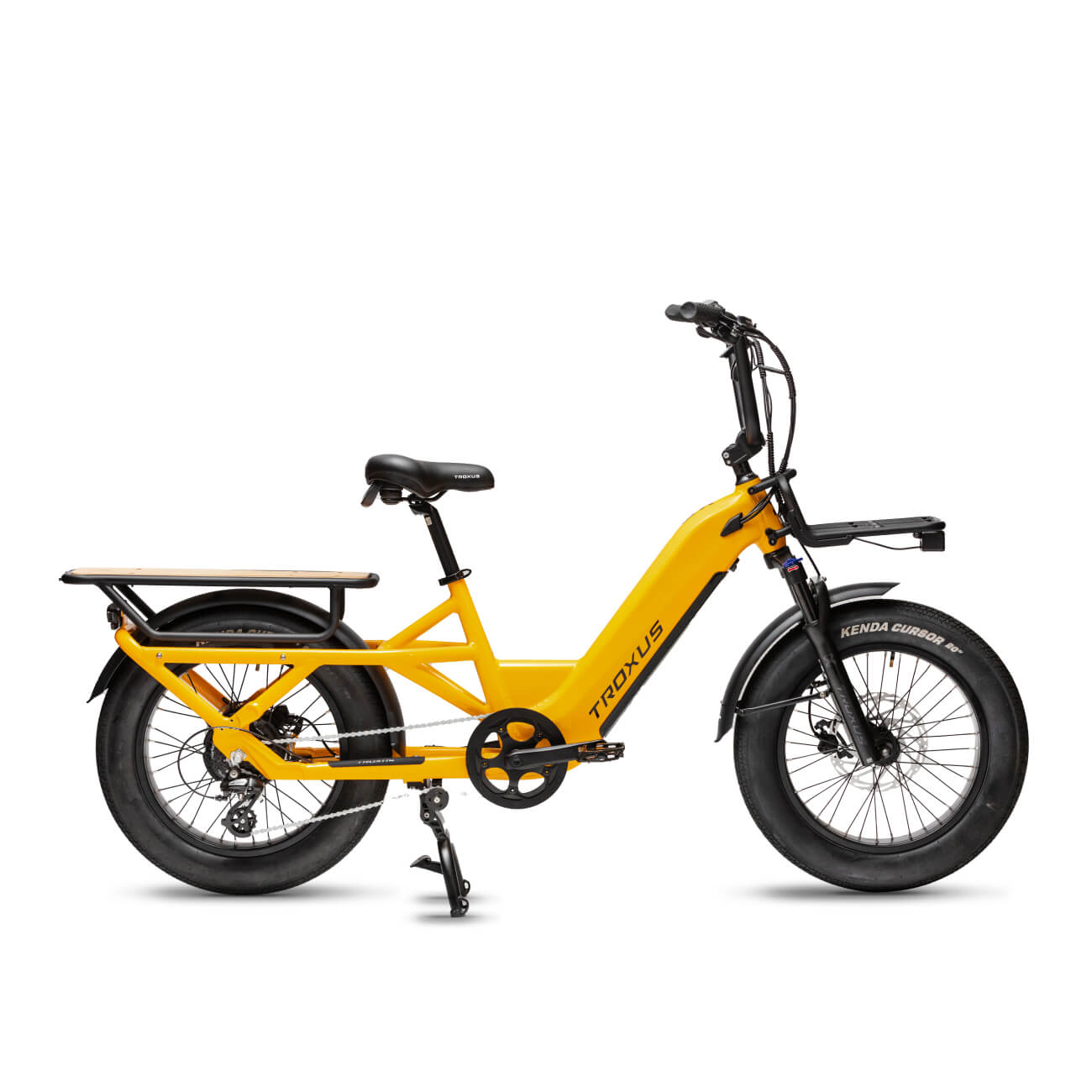Looking for help?
Find answers to your questions
Care and Maintenance of Internal Hub Motors
Table of Contents
You're asking for a more proactive maintenance schedule for geared hub motors, which is a valid approach for maximizing their lifespan, especially for riders who put their bikes through more demanding conditions or want to be extra diligent.
Here's the revised guide, incorporating the recommendation for re-greasing planetary gears every 500 to 1,000 miles for geared hub motors. I'll emphasize that this applies specifically to geared hub motors and involves a bit more technical skill.
One of the significant advantages of a hub-drive e-bike motor (whether geared or direct-drive) is its reputation for being relatively low maintenance, especially when compared to mid-drive motors. Because hub motors are self-contained and typically sealed units, they don't interact directly with the bike's drivetrain (chain, gears, derailleur) in the same way a mid-drive does. This significantly reduces wear and tear on those components from the motor's power.
However, "low maintenance" doesn't mean "no maintenance." Here's a breakdown of suggested service intervals for a hub-drive e-bike motor, with a key addition for geared hub motors.
General Philosophy for Hub Motors
- Geared Hub Motors Benefit from Proactive Lubrication: While sealed, the internal planetary gears in geared hub motors can benefit from periodic re-greasing to reduce wear and noise, extending their operational life.
- Focus on Prevention: The best "service" for any hub motor is preventative care, protecting it from its enemies: water, extreme heat, and physical damage.
- Listen to Your Motor: Any new or unusual noises (grinding, squealing, buzzing) from the motor are the biggest indicators that something might need attention.
Suggested Service Intervals for a Hub-Drive E-Bike Motor:
-
Pre-Ride / Daily Checks:
- Visual Inspection: Quickly check the motor casing for any visible damage, cracks, or loose components.
- Cable Check: Ensure the motor cable (where it exits the axle) is securely connected and not pinched or frayed.
- Listen: Briefly listen for any unusual noises when you power on the bike or when the motor first engages.
-
Weekly / Every 100-200 Miles (or based on frequent use):
- Clean the Motor Casing: Wipe down the exterior of the motor to remove dirt, dust, and grime. This helps with cooling and prevents build-up around seals. Avoid direct high-pressure washing.
- Inspect Axle Nuts (Rear Hub Motors): Ensure the axle nuts are tight and secure. Loose axle nuts can cause power delivery issues or damage.
- Cable Connection at Frame: Check where the motor cable enters the frame/controller for security and any signs of wear.
-
Monthly / Every 300-500 Miles:
- Thorough Cable Inspection: More closely inspect the entire length of the motor cable for any cuts, abrasions, or signs of pinching, especially where it might flex or pass through frame openings.
- Rotor/Spoke Check (if applicable): For geared hub motors, ensure spokes are properly tensioned and the wheel is true, as these motors can put more stress on the wheel build. Direct drive motors also benefit from true wheels.
- Listen for Bearing Noises: While rare, worn bearings can eventually develop a grinding or rumbling sound. This would indicate the need for professional service or replacement.
-
Every 500 - 1,000 Miles (Specifically for GEARED Hub Motors):
- Planetary Gear Re-greasing (Recommended for Longevity):
- This is a more advanced maintenance task and may require some mechanical aptitude and specific tools. If you are not comfortable, have a qualified e-bike mechanic perform this service.
- Procedure (General):
- Remove the wheel from the e-bike.
- Carefully open the motor casing on the non-drive side (where the electrical cable typically exits). This usually involves removing a series of small bolts. Be mindful of gaskets and seals.
- Locate the planetary gears: These are typically three small gears (often nylon) arranged around a central sun gear, housed within the motor.
- Inspect the existing grease: Look for signs of degradation, dryness, or contamination (e.g., metal flakes).
- Clean the gears: Gently wipe away old, degraded grease.
- Apply fresh, high-quality, high-temperature-resistant lithium-based grease specifically designed for plastics and gears (e.g., Super Lube with PTFE, white lithium grease). Do not over-pack.
- Carefully reassemble the motor casing, ensuring the seals and gaskets are correctly seated to maintain water resistance.
- Reinstall the wheel and tighten axle nuts to the manufacturer's recommended torque.
- Benefits: This proactive re-greasing helps to reduce friction, minimize wear on the plastic gears, decrease noise, and extend the overall lifespan of the geared hub motor.
- Direct Drive Hub Motors: This step is NOT applicable to direct-drive hub motors as they do not have internal planetary gears.
- Planetary Gear Re-greasing (Recommended for Longevity):
-
Annually / Every 1,000 - 2,000 Miles:
- Professional Inspection: Consider having a qualified e-bike mechanic inspect your hub motor (especially if it's a direct-drive unit where internal maintenance is rare). They can often check for:
- Internal Gear Wear (Geared Hubs): Even with re-greasing, a mechanic can detect excessive wear or damage if present.
- Bearing Condition: A mechanic can feel for play or roughness in the axle bearings.
- Motor Cable Integrity: A more thorough check for internal cable damage that isn't externally obvious.
- Water Ingress Check: While sealed, deep puddles or harsh washing can sometimes compromise seals over a long period. A mechanic might look for signs of moisture if there are performance issues.
- Professional Inspection: Consider having a qualified e-bike mechanic inspect your hub motor (especially if it's a direct-drive unit where internal maintenance is rare). They can often check for:
Factors Influencing Service Intervals:
- Riding Conditions:
- Wet/Muddy/Dusty: Frequent riding in adverse conditions (rain, mud, sand, salty roads) can accelerate wear on seals and connectors, increasing the need for inspection. For geared motors, it might prompt more frequent re-greasing.
- Hilly Terrain/Heavy Loads: Constantly pushing the motor to its limits (steep climbs, heavy cargo, high assist) will generate more heat and stress, potentially leading to earlier wear on gears and bearings.
- Riding Style: Aggressive riding with sudden acceleration and braking can put more strain on all components, including the motor.
- Motor Type:
- Direct Drive Hub Motors: Generally considered the most robust due to fewer moving parts (no internal gears). Their primary points of failure are usually bearings (over many years/miles) or overheating from prolonged high loads. They are often truly "maintenance-free" except for external cleaning and cable checks.
- Geared Hub Motors: While also largely sealed, they contain internal planetary gears (often nylon). These gears can wear out over time, especially under heavy loads. Proactive re-greasing significantly extends their life, but they are still very reliable.
- Manufacturer Recommendations: Always consult your e-bike's owner's manual. The manufacturer's guidelines are the most specific to your particular model and motor.
In summary, for direct-drive hub motors, active motor maintenance largely involves keeping it clean, checking external cables and connections, and listening for unusual noises. For geared hub motors, adding a periodic internal re-greasing of the planetary gears (every 500-1,000 miles or so) can significantly extend their life and maintain quiet operation. Always prioritize safety and consult a professional if unsure about any internal motor work.
Updated on 03 Jun 2025
What are your Feelings?
Thanks for your feedback.
Test Ride
Find your perfect bike locally. Check online inventory for the fastest availability.
Shop LocallyLocal Pick Up
Shop online, ride today! Order your e-bike online and enjoy the convenience of picking it up the same day at the nearest store to you.
Shop E-BikesExclusive Warranty Benefits
All 2024 and newer e-bikes are backed by an exclusive 5-year limited warranty, while 2023 and older models are covered by our reliable 2-year standard warranty.
Learn MoreTotal Care+ Program
If your bike is damaged or involved in an accident, we’re here to help you work with your retailer to get back on the road, trail, or bike path quickly.
Learn more
Be the first to know
Subscribe now to unlock exclusive offers, latest product updates and more surprises.

